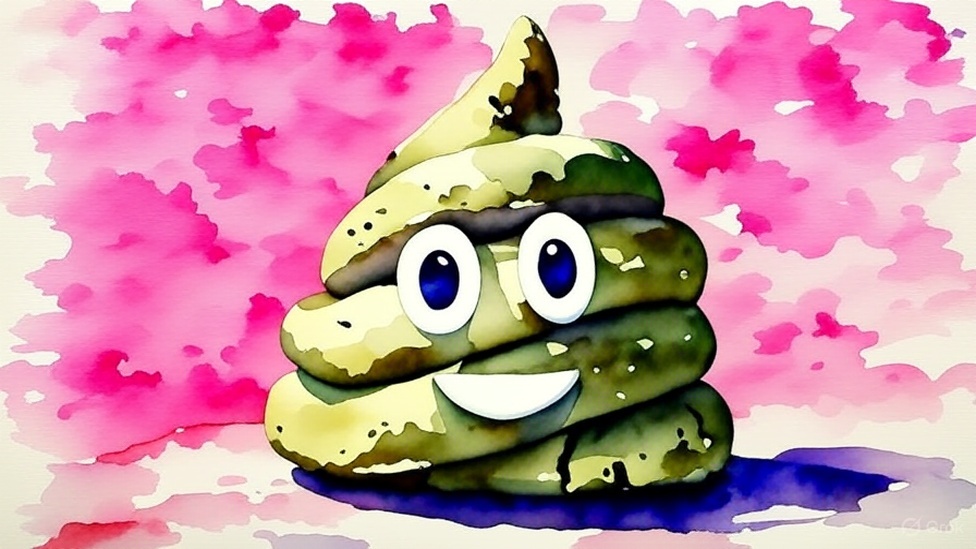The bartender says, "I'm sorry, we don't serve minors here."
Original Joke:
An A, a C, and an E walk into a bar. The bartender says, "I’m sorry, we don’t serve minors here."
Joke Poo: A Pile of Commas
A semicolon, a colon, and an em dash walk into a therapist’s office. The therapist sighs and says, "Alright, alright, I get it. Let’s get to the point and see how you’re all feeling today… punctuation’s always so dramatic."
Alright, let’s break down this joke and then build something new from its DNA.
Joke Dissection:
- Premise: Letters of the alphabet (A, C, E) are personified and enter a bar, a common setup for jokes.
- Pun: The humor lies in the double meaning of "minors." It refers to both underage individuals (illegal to serve alcohol) and musical keys/chords in music. A, C, and E form an A minor chord.
- Target: Wordplay and simple puns. The audience needs basic musical knowledge to fully appreciate the joke.
- Humor Type: Pun, wordplay, situational irony.
- Effectiveness: Mildly amusing, predictable for those familiar with music theory.
Key Elements for Enrichment:
- Letters as Characters: The anthropomorphism of letters is a central element.
- Music Theory/Chords: The joke’s effectiveness hinges on understanding the concept of chords, especially minor chords.
- The Bar Setting: The bar provides a standard comedic setup.
- Double Meaning of "Minors": The core pun that makes the joke work.
New Humor Creation (Witty Observation):
"You know, it’s ironic. A, C, and E walk into a bar and are told they’re ‘minors.’ But if you add a G, suddenly they’re majorly welcome. Says a lot about the world, doesn’t it? Preferring the major to the minor. Even in a bar where most people are trying to escape the major problems of life."
Explanation of the New Humor:
- Builds on the original: It references the original joke’s setup.
- Introduces new musical information: The addition of the note G creates an A major chord (A, C#, E).
- Adds social commentary: Touches upon the perceived preference for "major" (positive, important) over "minor" (negative, insignificant) aspects of life.
- Uses irony: Highlights the contradiction of seeking escape from major problems in a place that favors "major" things.
- Elevates the Humor: It layers in social commentary to a pretty standard pun.
Let’s try another approach:
New Humor Creation (Amusing ‘Did You Know’):
"Did you know that the A minor chord, the bane of bartenders everywhere (apparently), is often used to evoke feelings of sadness or longing? That’s probably why A, C, and E were trying to get a drink in the first place. They were feeling…blue. …Or maybe just slightly flatter than usual."
Explanation of the New Humor:
- Factual Basis: It’s true that minor chords are often associated with sad emotions in music.
- Humorous Connection: It links this musical fact to the original joke’s premise.
- Wordplay: Uses "blue" and "flatter" as both emotional descriptors and musical puns (blue notes, flattening notes).
- Surprise Twist: The "bane of bartenders" bit adds an unexpected, light-hearted layer.
Ultimately, the original joke is simple, but by understanding its core components and using related facts, we can create more layered and potentially more sophisticated pieces of humor. The key is to build upon the existing joke rather than simply repeating its structure with different words.


